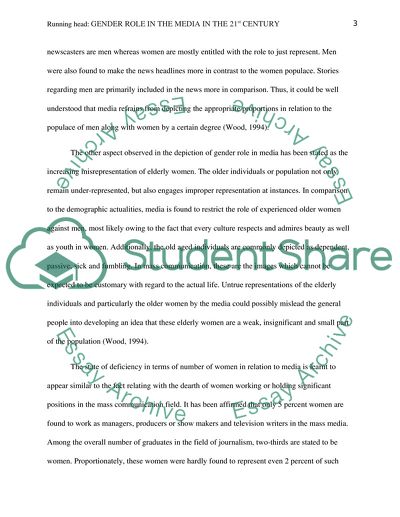Cite this document
(Gender Role in the Media in the 21st Century Coursework, n.d.)
Gender Role in the Media in the 21st Century Coursework. Retrieved from https://studentshare.org/gender-sexual-studies/1778284-gender-role-in-the-media-in-the-21st-century
Gender Role in the Media in the 21st Century Coursework. Retrieved from https://studentshare.org/gender-sexual-studies/1778284-gender-role-in-the-media-in-the-21st-century
(Gender Role in the Media in the 21st Century Coursework)
Gender Role in the Media in the 21st Century Coursework. https://studentshare.org/gender-sexual-studies/1778284-gender-role-in-the-media-in-the-21st-century.
Gender Role in the Media in the 21st Century Coursework. https://studentshare.org/gender-sexual-studies/1778284-gender-role-in-the-media-in-the-21st-century.
“Gender Role in the Media in the 21st Century Coursework”, n.d. https://studentshare.org/gender-sexual-studies/1778284-gender-role-in-the-media-in-the-21st-century.


